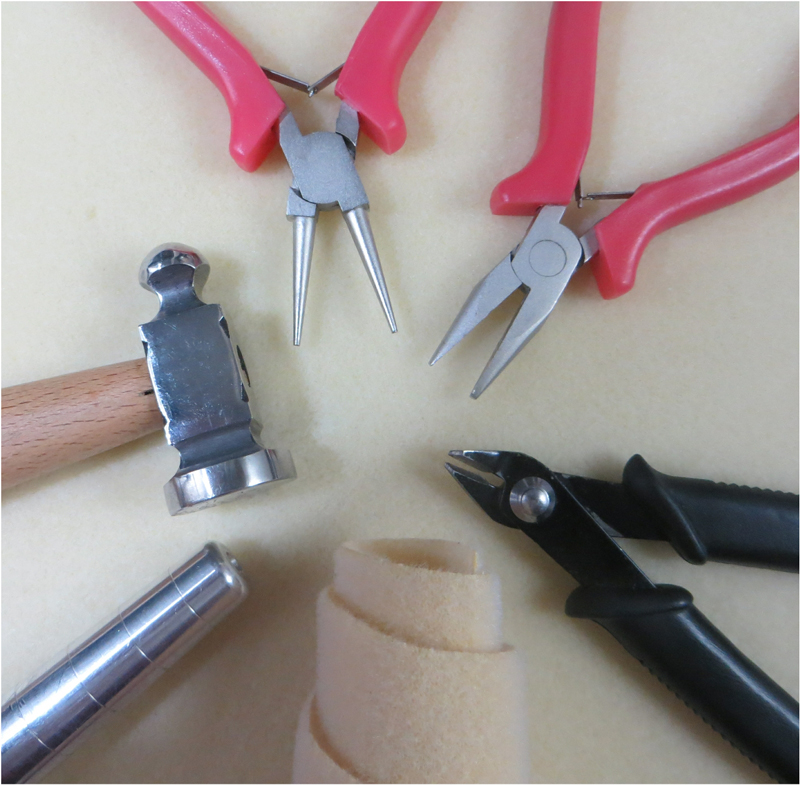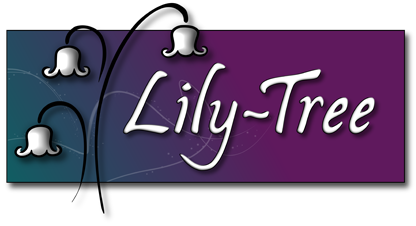I’m often asked which tools are needed to get started making jewellery. This depends a bit on what type of jewellery you want to make, but here are my top 6, broadly in the order I’d get them.
1. Basic Pliers Set
My own jewellery making journey beginning with the basic set of three pliers – round nose, chain nose and wire cutters – and I say this is probably the only essential for getting started. These will enable you to cut and create loops on headpins and eyepins, open these loops, flaten crimp beads, and create wire work. They can even be used to open and close jump rings, to finish jewellery and create chain maille, although I’d recommend an extra pair of chain nose or flat nose pliers to make this easier.

2. Bead Mat
These mats have a good ‘pile’ on them and they are brilliant in preventing beads from rolling about and any dropped jump rings bouncing and pinging off to who-knows-where. I also use them whilst designing bead and link layouts. They are only about £1, so well worth it in preventing the frustration of playing ‘hunt the bead’!.
3. Hammer and Block
If you’re looking to try wire work, or sheet metal work, my next suggestion would be a hammer and block. This will enable you to flatten, texture and harden wire; texture, shape and stamp onto sheet. There are a huge variety of hammers available. The most common, and usually cheapest, are chasing hammers. Strictly speaking, these are not intended for directly hammering wire or sheet and they may dent quite quickly, but they are a good starter option, giving you the opportunity to try out hammering techniques and time to decide what type/shape/weight of hammer might suit you.
4. Ring Mandrel
You can start making rings by forming wire around a lipstick/dowel/bottle top etc. but a ring mandrel makes it so much easier. One with the sizes marked on is more efficient to size rings correctly and I’d recommend a metal mandrel as this will enable you to hammer on to the mandrel itself, helping with shaping and work hardening.
5. Torch
This may not be high on everyone’s list, but is well worth considering if you want to work with copper or sterling silver. The ability to anneal these metals and ball the ends of wire immediately expands your creative options, and sooner or later you’re likely to want to give soldering a try. The downside is that you really need several accessories to go with the torch, such as a soldering block and tweezers with insulated handles. A small, hand-held butane torch is a fine starter option, and will handle a good range of jobs.
6. Jeweller’s Saw
An essential for sheet metal work, but also really handy for a flush cut when you make your own jump rings. Personally, I’d recommend an adjustable frame as this give you the option to reposition and continue using broken blades if necessary. There are a range of blade sizes on offer, recommended for cutting different gauges and different materials. If you only want to start with one size, I suggest size 2/0 as a decent all-rounder.
These six should get you well on the way on your jewellery-making journey, and a great base to then add to. Tools are an essential, but they are also addictive, so be prepared for a never-ending tools wishlist!
Happy tool collecting and jewellery-making!
